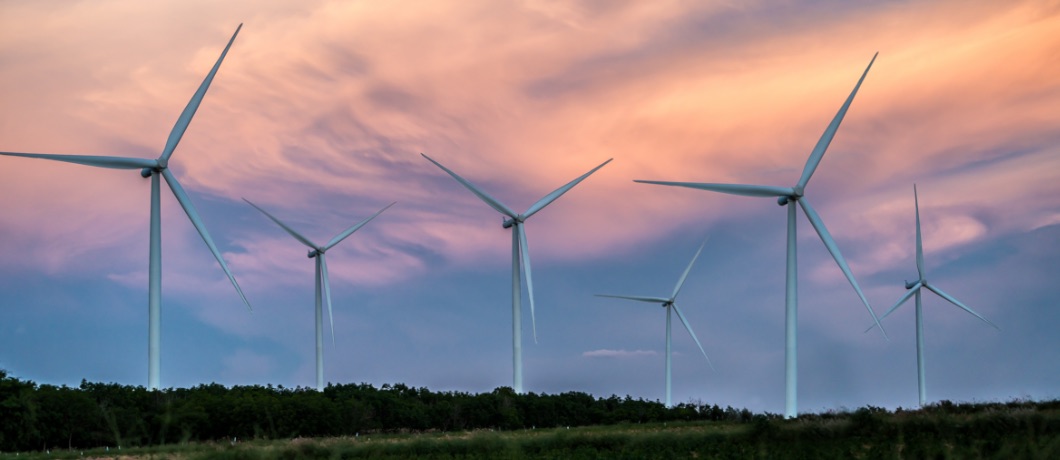International Renewable Energy Agency: Costs for new photovoltaic and wind power plants below those for new fossil power plants

The competitiveness of PV (photovoltaic) and wind technologies has improved dramatically over the past decade. The cost of solar power generation fell by 85% over the past decade, Irena found. Between 2019 and 2020, the cost of solar PV dropped by 7%, and solar thermal by as much as 16%.
It said that in 2020, the share of RES (renewable energy sources) with costs below the most competitive fossil fuel option doubled. Specifically, according to the IRENA report, “Renewable Power Generation Costs in 2020” published in June 2021, 162 GW of new renewable capacity installed worldwide in 2020 had lower costs than the lowest-cost fossil alternative. This capacity represents 62% of total renewable power generation. The costs for the various technologies continued to fall last year. In the case of PV, the figure was 7%. This lagged behind the cost reductions of solar thermal/CSP (16%), onshore wind power (13% and offshore wind power (9%). However, if one takes the cost reductions for the years 2010 to 2020 then PV is right out in front. During this period, the reduction was 85%, while solar thermal power plants saw a drop of 68%, onshore wind 56% and offshore wind 48%. As a result, renewable energy technology now plays in the same cost league as new fossil fuels and is increasingly outpacing them. With their low costs, renewables are increasingly undercutting the operating costs of existing coal plants.
According to IRENA, this makes a good case for developed and developing countries to phase out coal and aim for a net-zero economy. Emerging economies alone would save up to USD156 billion in lifetime costs with new renewable plants installed in 2020. Thus, RES offer countries tied to coal an economically attractive phase-out plan that both ensures they can meet growing energy demand while saving costs, creating jobs, spurring growth and meeting climate goals.
IRENA emphasizes that we cannot afford a two-track energy transition where some countries quickly go green and others remain trapped in the fossil fuel system of the past. Global solidarity is critical here, from technology dissemination to financial strategies and investment support. We need to ensure that everyone benefits from the energy transition.
Further cost reductions for renewables are expected in future. The forecast up to 2022 shows that 74% of all new PV projects that go into operation in the next two years or secure an award in tenders will have a lower price than coal-fired electricity from new power plants.
